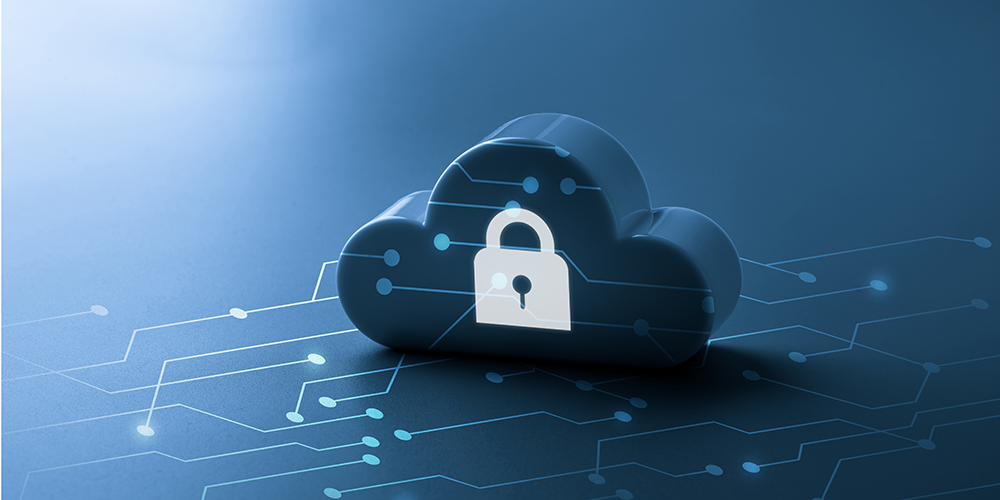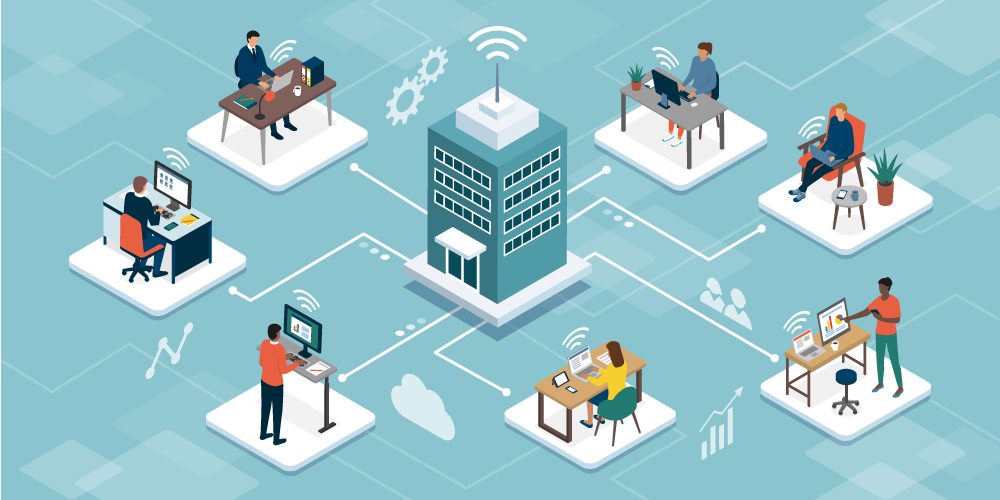
Mar 17, 2021 | SMB Technology, SMB Technology, SMB Technology, SMB Technology, Technology News
Many businesses have taken advantage of cloud computing for its benefits–its flexibility, ability to help companies scale use according to demand, and a subscription-based pricing model, among others. When migrating to the Cloud it is important that you develop a cloud security strategy. Your company can exert a good deal of control over cloud security concerns with proper policy, training and technology. Read on to learn more about what to include in your cloud security strategy in order to protect technology assets. Assessing Your Strategy for Cloud Security Reacting to problems is vital, of course. But what if you could prevent many problems before they even occur? Powerful technologies like Cloud Computing can also create complexity, so it is important to have a strategy that includes policies for protecting your applications and their data. If you already have a security strategy, it’s not too soon to assess it and to adjust accordingly. Implementing your Cloud Security Strategy According to an article on cloud security mitigation by CompTIA, access control is a top cause of problems. Examples include lack of specification of who can have access to your business applications, or holes in security that could leave you vulnerable to a full-blown data breach. It may be time to update your security policies, using the “zero-trust” model to authenticate every single request for access to the network. Setting policy to limit administrative access minimizes risks and avoids unexpected consequences. Other considerations in your cloud security strategy deal with handling a data breach or loss, and the role and how to quickly revoke access as needed (e.g. revoking...

Mar 10, 2021 | SMB Technology, SMB Technology, SMB Technology, SMB Technology, Technology News
It’s said that few can get along without some help from others. If your business has grown, and your technology needs along with it, managing IT on a daily basis may be more challenging. Now may be the time to consider outside assistance. Read on to learn how supplemental IT support via managed services can help save time and money, not to mention help you reach your business goals. Benefits of Supplemental IT Support Supplemental support (also called “outsourcing” or “co-managed IT”), is the practice of partnering with a managed service provider (MSP), one that can provide help with one or more of a company’s IT functions. For companies with no IT department, or those with a small department overloaded with daily tasks, managed services offers numerous benefits. First, a Managed Service Provider (MSP) can help a company make the most of their technology investment by taking on responsibility for a company’s IT infrastructure via a flat fee subscription model. What to expect from IT Managed Services Indeed, according to a CompTIA buying guide, more than 6% of surveyed of companies using MSPs reduce their internal IT staff. These services–including helpdesk, data protection and network monitoring–can free up internal IT staff to help reach your company’s strategic goals. Network monitoring can be done remotely 24-7, detecting and solving issues before they become major problems. Monitoring also produces data analytics in real time, showing how the company’s network is functioning. With all these benefits, your business also needs to consider its goals, and work with an MSP to develop a service level agreement. Considerations in Using...

Feb 11, 2021 | SMB Technology, SMB Technology, SMB Technology, SMB Technology, Technology News
Over the past several years, both Unified Communications (UC) and Software-Defined Wide Area Networks (SD-WAN) have grown more popular. Even a few years ago, IDC predicted that the SD-WAN market would grow to $8.05 billion by this year. Together, Unified Communications and SD-WAN allow your company to stay connected at all times. Read on to learn more about the connections between these two technologies, and to discover whether your company’s network is up to the task. Software-Defined Wide Area Networks Support Unified Communications Performance Unified Communications is technology that allows workers to work from anywhere, at any time. Unified Communications, or UC, supports the ability to communicate by voice or email and send information back and forth. This technology brings together various modes of communication–phone, text, web conferencing and email–providing a streamlined way to keep businesses connected, using Voice-Over IP (VoIP) technology. Employees can hold video conferences, share data with other workers, and handle customer service tasks–even from remote offices. However, UC depends on a robust and secure network to keep traffic moving. This is where Software-Defined Wide Area Networks come in. SD-WAN Provides Performance at Competitive Cost Unified Communication can test your network. Software-Defined Wide Area Networks (SD-WAN) can provide a mix-and-match solution, using multiple carriers so that if one carrier goes offline another can keep traffic moving. A company can fall back on this robust network to keep workers communicating with each other and with customers. What’s more, SD-WAN can help a company transition from legacy systems and enjoy more flexibility. At its best, SD-WAN can provide excellent performance at a competitive price. ...

Dec 7, 2020 | SMB Technology, SMB Technology, SMB Technology, SMB Technology, Technology News
With remote work a fixture in our economy, technology has risen to meet the challenge. From virtual desktops to unified communications, it is easy to work anywhere. Read on to learn how technology based in the Cloud can keep your business robust in 2021 and beyond. Stay Connected with Unified Communications Unified Communications as a Service (UcaaS) provides phone, chat, text, email, web conferencing and more as an integrated solution available in the Cloud. Voice over IP (VoIP) and other Cloud technologies remove the dependency of on-premise hardware and the need for expensive phone and conferencing equipment. This lets you route calls efficiently to communicate in real time all over the world. Work Securely with DeskTop as a Service Adopting Desktop as a Service (DaaS) means you can work anywhere, get customer information instantly and securely from home or all over the world. With Windows Virtual Desktop (WVD) or Virtual Desktop Infrastructure (VDI), your access is more secure because all systems and applications are managed virtually with a defined level of security that can be centrally managed from a remote location. Since the data is in the Cloud, it doesn’t reside on individual devices, thereby increasing security. Individual users still need to practice effective password management as well as best practices in security policy. With Desktop as a Service (DaaS), the Cloud provider manages and operates the infrastructure, including security. Work Anywhere with Software as a Service Software as a Service (SaaS), also based in the Cloud, supports a wide variety of applications, including business applications like CRM, accounting, human resources and more. With the ability...

Apr 16, 2020 | SMB Technology, SMB Technology, SMB Technology, SMB Technology, Technology News
With remote workers becoming the ‘new normal’ in these strange times, remote office security and communication become increasingly important. Read on to learn more about preparing your employees and business for remote work. Remote Office Security Best Practices Let remote workers know they are just as responsible for keeping the network safe at home as at the office. Have them maintain a dedicated work space in their home office, where they do only work, and not personal, computing. Physical security is important too; make sure that other family members, if any, don’t have access to equipment used for work. The remote worker will need to conduct phone calls where any confidential information can’t be overheard. Anything the remote employee prints should be shredded after use. Another good practice is keeping the office door locked if not in use. Logging off is an important practice, even if only leaving the computer for a moment. If the remote employee is using their own computer, it needs current anti-malware and antivirus protection, backup and operating system patches. A firewall with a subnet for personal vs. business should also be established. Businesses responsible for complying with regulations such as HIPAA have even more stringent security requirements. Learn more about managing a mobile workforce here. Just as you’ve been busy, so have cybercriminals. A common practice is phishing using social engineering. A cybercriminal can send an email that looks like it’s from a government source, providing links to sites that will automatically download ransomware. Remote employees need to be trained how to verify if the email is genuine; if it isn’t, they need to...






